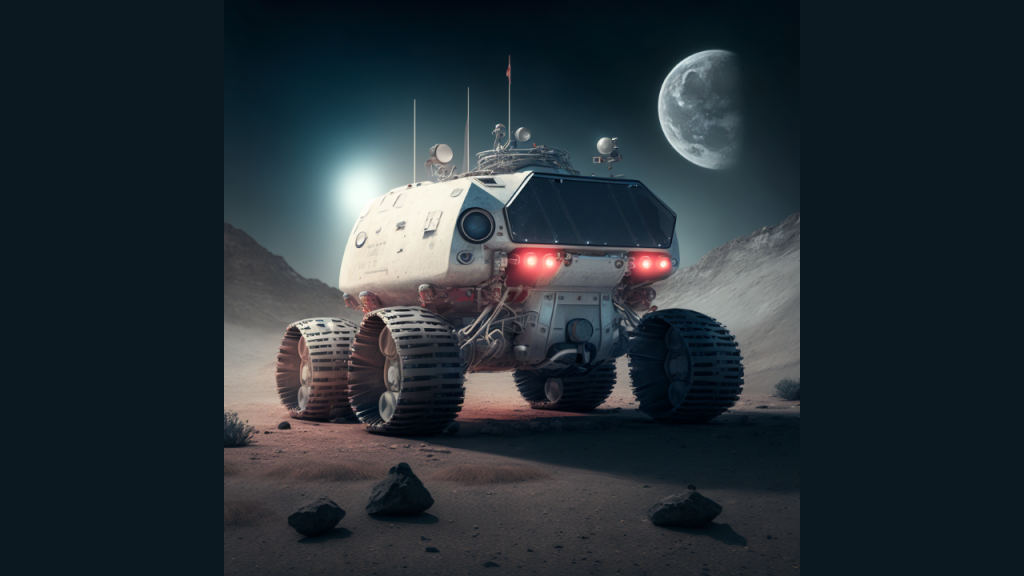Hyundai Motor Group has partnered with six Korean research institutes in the aerospace sector to build an early prototype of a lunar exploration mobility rover. The rover would feature a solar charging system, autonomous driving capabilities, thermal management, and radiation shielding. It would carry equipment up to a maximum weight of 70kg. The Group aims to complete the initial development model by the second half of 2024 and launch a model with launch capability in 2027.
Hyundai Motor Company and Kia Corporation will provide the following:
- Advanced robotics and autonomous driving technologies.
- Driving systems.
- Charging parts as part of a multi-purpose mobility platform.
The academia-industry research team will use Hyundai Rotem’s robot manufacturing technology. The lower section of the rover would be made of the components made by the Hyundai Group, while the upper section will piggyback scientific payloads for lunar surface exploration.
Hyundai aims to create a universally applicable mobility platform to handle different payloads, expanding the human reach and mobility experiences beyond land, sea, and air to space mobility. Following development, testing, and refinement, the rover would land near the Moon’s south pole for various scientific missions. The Group will conduct mission-based performance testing of the prototype on a laboratory-simulated lunar surface to prepare for the lunar mission and make refinements based on the test results.





